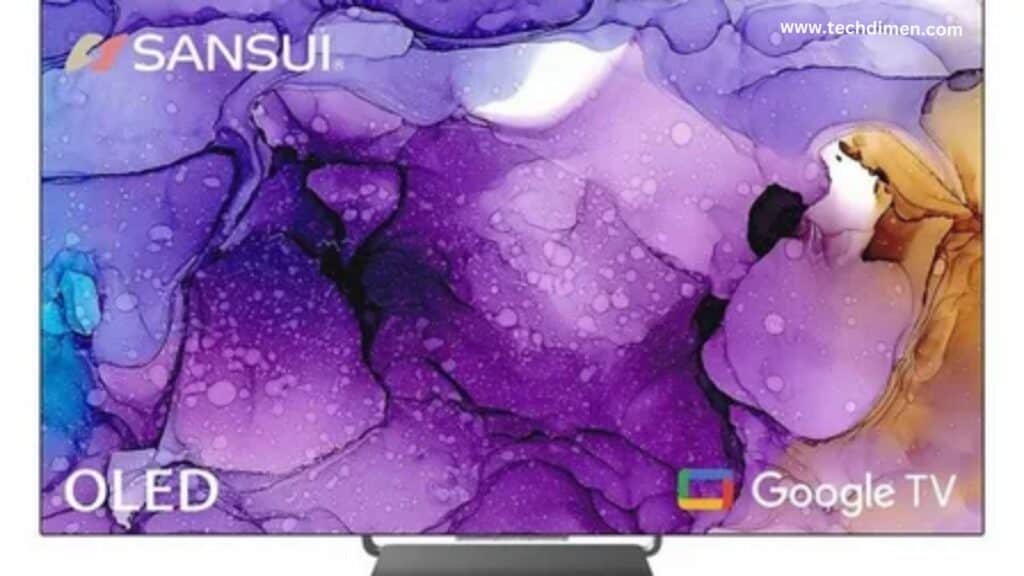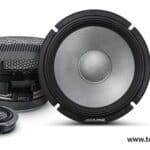Sansui Has Unveiled Its Lineup of OLED TVs race with its 2025 lineup, offering high end visual performance at significantly lower prices. Once a beloved Japanese brand known for high fidelity audio in the 1970s and 1980s, now making a surprising comeback in the home entertainment market. Under new ownership, the brand is focused on delivering cost effective consumer electronics, and its new OLED TVs are set to change expectations around premium televisions.
The 2025 OLED lineup includes 55-inch, 65-inch, and 77 inch models, all equipped with LG Display’s well regarded WOLED panels. These new Sansui OLEDs promise a cinematic viewing experience with perfect black levels, rich colors, Dolby Vision support. And impressive sound all for a price that undercuts industry giants like LG and Sony.
An Overview of Sansui’s OLED Models and Specifications
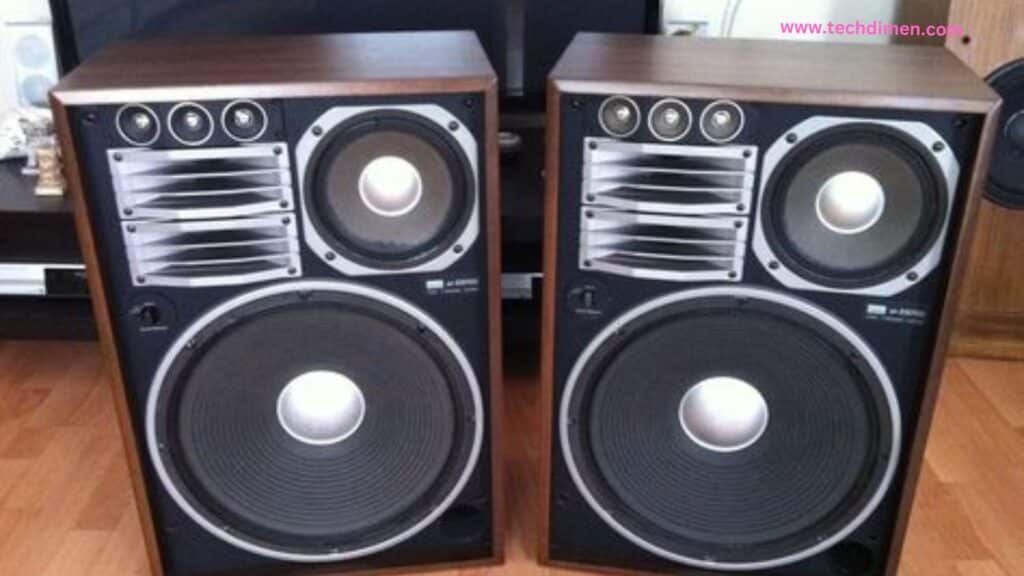
Sansui’s OLED TVs for 2025 maintain a unified specification across sizes. Each TV features a 4K Ultra HD resolution with a native refresh rate of 120 Hz, powered by LG Display’s WRGB OLED panels. These are the same panels used in many of LG’s own OLED TVs, so the base visual technology is solid. The 55-inch version, model S55VOUG, was launched in late 2024 with a retail price between $799 and $899. Its larger counterparts the 65-inch and 77-inch models are expected to follow in mid-2025 with price points around $1,099 and $1,799 respectively.
All models support Dolby Vision, HDR10, and HLG high dynamic range formats. Dolby Atmos audio processing is also present, delivered through an integrated 40-watt 2.1-channel speaker system. With two HDMI 2.1 ports on board, these TVs are also equipped for next-gen gaming consoles and home theater systems. Input lag tests revealed a response time of about 21 milliseconds, which may not match top-tier models but is adequate for most gaming use cases.
Image Quality and Panel Performance

The OLED panels used in Sansui’s 2025 lineup are WRGB-type panels manufactured by LG Display. These panels are renowned for their infinite contrast ratios and ability to display perfect blacks a key advantage OLED has over LED or QLED technologies. Peak brightness reaches approximately 500 nits, and measurements taken in testing environments showed HDR 10% window brightness around 427 nits. While that’s below the brightness levels of LG’s high end models such as the G4 or Sony’s A95L, it’s still quite respectable for typical living room conditions.
Color accuracy out of the box is very good, with Delta-E scores around 4.2 in SDR mode. With a bit of calibration, these displays can offer even better accuracy, which is especially useful for film lovers or content creators. Motion handling is fluid thanks to the 120 Hz refresh rate and support for variable refresh rate (VRR), which minimizes screen tearing during fast-moving scenes or gaming sessions.
Software and Smart TV Features
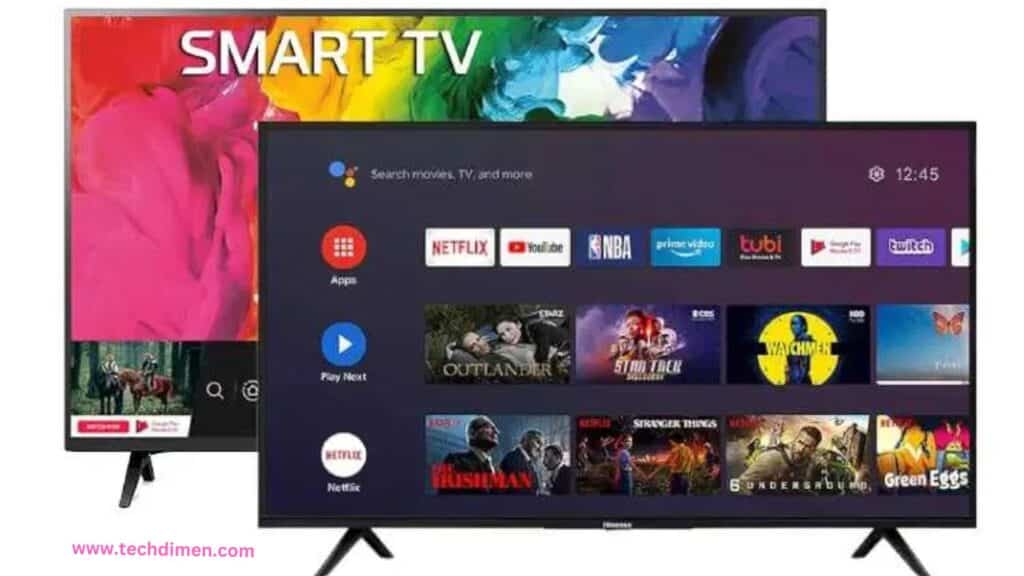
Sansui’s OLED lineup is powered by Google TV, an intuitive and robust smart platform that gives users access to over 10,000 apps including Netflix, YouTube, Disney+, and Prime Video. Voice control is integrated via Google Assistant, and the TVs include built in Chromecast for seamless media casting from smartphones or laptops. The operating system runs smoothly on Sansui’s hardware, and app switching is snappy with minimal input lag.
One unique feature that Sansui added to these TVs is an AI-powered karaoke mode. This function automatically removes vocals from YouTube videos and displays synchronized lyrics and scoring features, making it a fun addition for families and social gatherings. This kind of playful feature, typically absent in more premium focused TV brands, adds a distinct flavor to Sansui’s offering.
Design and Build Quality, Sansui Has Unveiled Its Lineup of OLED TVs

In terms of design, Sansui has embraced a minimalist aesthetic. The bezels are extremely slim, around 4.4 to 4.6 millimeters, giving the panel a floating appearance. The TVs come with a central metal pedestal that provides solid support while maintaining a modern, elegant look. VESA compatibility ensures that users can wall mount the TVs with ease. The construction feels sturdy despite the relatively low price point, with clean back panel layouts and good cable management.
Audio Capabilities and Immersion, Sansui Has Unveiled Its Lineup of OLED TVs
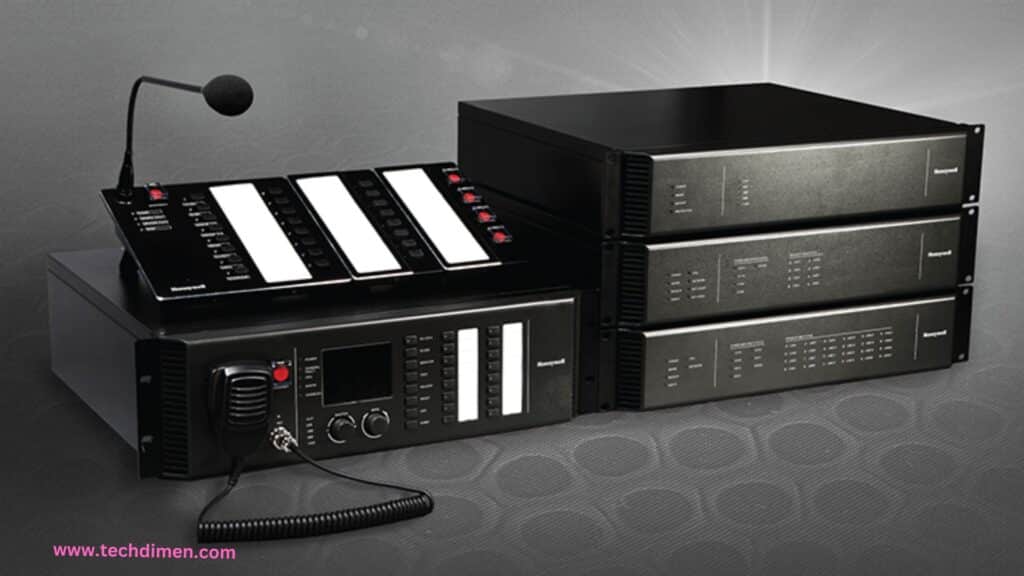
Sansui Has Unveiled Its Lineup of OLED TVs has taken sound seriously with its OLED range. Each model is equipped with a 2.1-channel speaker setup, delivering a total output of 40 watts. That includes dual front-firing 10-watt speakers and a dedicated 20-watt subwoofer. Combined with Dolby Atmos support, the soundstage is wide and immersive enough to enjoy movies and games without an external soundbar, although true audiophiles might still opt for an upgrade.
Volume levels are more than sufficient for mid-sized rooms, and the built in equalizer allows users to customize sound profiles based on content whether it’s action-packed films, sports, or dialogue heavy series. eARC support over HDMI also ensures lossless audio passthrough to sound systems or AV receivers.
Gaming Readiness and Performance
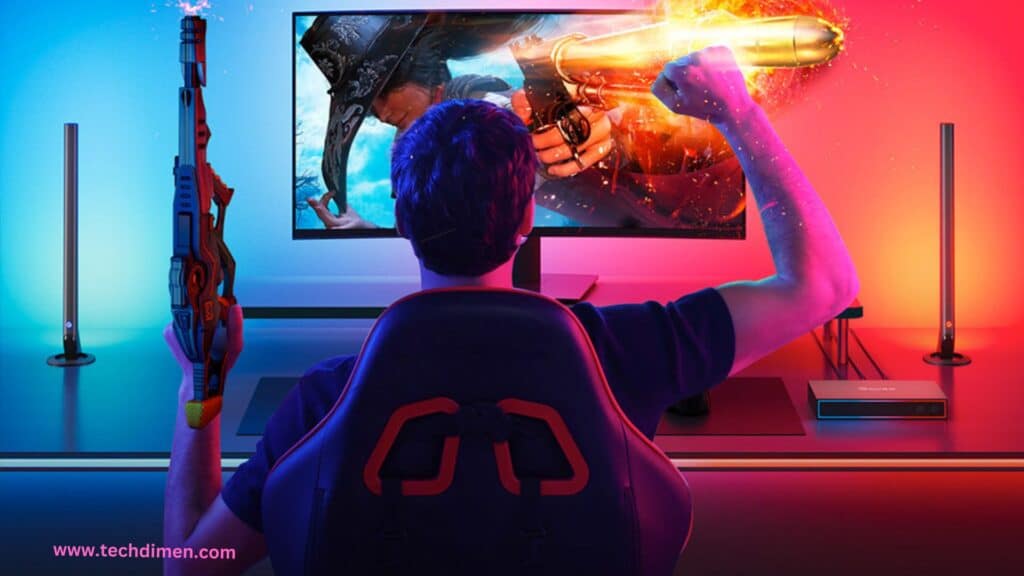
Sansui Has Unveiled Its Lineup of OLED TVs are gaming-ready, especially for casual to mid-core gamers. The presence of HDMI 2.1 with support for 4K at 120 Hz, variable refresh rate (VRR), and auto low latency mode (ALLM) ensures smooth gameplay on the PlayStation 5 and Xbox Series X. Though the input lag of around 21 milliseconds is higher than LG’s B4 (which scores under 10 ms), most users will still find gameplay responsive and fluid.
There’s no Nvidia G-Sync or AMD FreeSync certification, but basic VRR works well with supported consoles. The OLED panel’s near instantaneous pixel response time helps avoid motion blur, and the deep blacks make dark, moody games visually stunning. Overall, Sansui’s OLEDs are a solid choice for gaming unless you’re a professional esports player who demands ultra-low latency.
How Sansui Compares to the Competition
Compared to other OLED models on the market, Sansui’s TVs stand out primarily for their value. For example, the LG B4 a comparable 120 Hz OLED with the same panel supplier retails at around $1,199 for the 55-inch variant, while Sansui’s model undercuts that by roughly $400. Sony’s A90L OLED TVs offer superior image processing and higher peak brightness but cost over $1,600. TCL’s newer QD-OLED sets may provide better color volume and HDR impact, but again, these cost $1,200 or more for similar screen sizes.
In nearly every head-to-head comparison, Sansui offers 85 to 90 percent of the performance of its competitors for roughly 60 to 70 percent of the price. While it doesn’t reach the top tier in brightness or processing, the visual quality, gaming performance, and sound output are more than sufficient for the average user. This positions Sansui as an excellent entry point into OLED without having to break the bank.
Market Availability and Price Outlook
The 55-inch Sansui OLED TV is already available through retailers like Micro Center and Amazon. Prices during launch ranged from $799 to $899, with promotional drops bringing it as low as $699 in some stores. The 65-inch and 77-inch variants are expected to launch in the U.S. in Q2 of 2025, with estimated price tags of $1,099 and $1,799 respectively.
Retail availability will include major online platforms such as Amazon, Walmart, and Best Buy, as well as warehouse chains like BJ’s and BrandsMart. Sansui is also expected to run aggressive promotions during seasonal sales events, making Black Friday, Cyber Monday, and Prime Day ideal times to secure one of these TVs at an even better value.
Who Should Buy a Sansui OLED TV?
Sansui’s OLED lineup is tailor-made for users who want top-tier display technology without the premium brand markup. These TVs are ideal for first-time OLED buyers, casual gamers, movie lovers, and families looking for rich home entertainment without spending $1,500 or more.
If you’re a hardcore gamer chasing the lowest input lag or a home theater aficionado who wants the brightest HDR performance on the market, you may prefer something from LG’s G-series or Sony’s flagship models. But for everyone else particularly those upgrading from LCD or LED TVs Sansui’s OLED models provide a game-changing improvement in picture quality and user experience at a price that’s hard to beat.
Sansui OLED TV Lineup (2025)
| Model | Screen Size | Panel Type | Resolution | Refresh Rate | HDR Support | Smart OS | HDMI 2.1 | Price (USD) | Availability |
|---|---|---|---|---|---|---|---|---|---|
| SSOLED55X | 55 inches | WRGB OLED | 4K UHD | 120Hz | Dolby Vision, HDR10+ | Google TV | Yes | $999 | Q3 2025 |
| SSOLED65X | 65 inches | WRGB OLED | 4K UHD | 120Hz | Dolby Vision, HDR10+ | Google TV | Yes | $1,399 | Q3 2025 |
| SSOLED77X | 77 inches | WRGB OLED | 4K UHD | 120Hz | Dolby Vision, HDR10+ | Google TV | Yes | $2,199 | Q4 2025 |
| SSOLED83X | 83 inches | WRGB OLED | 4K UHD | 120Hz | Dolby Vision, HDR10+ | Google TV | Yes |
FAQs
Does Sansui use LG OLED panels?
Yes, most likely. Sansui doesn’t manufacture OLED panels itself, so it’s expected that the company sources its WRGB OLED panels from LG Display, the industry leader. This ensures top-tier black levels, contrast, and long-term reliability.
Are Sansui OLED TVs good for gaming?
Absolutely. Sansui’s 2025 OLED models support HDMI 2.1, Variable Refresh Rate (VRR), and Auto Low Latency Mode (ALLM) features that are perfect for next gen gaming consoles like the PS5 and Xbox Series X. The near instant pixel response time gives players ultra-smooth gameplay and reduced motion blur.
Do all Sansui OLED TVs support Dolby Vision and Atmos?
Yes, every model in Sansui’s 2025 OLED lineup supports Dolby Vision for enhanced HDR content and Dolby Atmos for immersive sound. This means your movie nights will feel like mini IMAX experiences at home.
What operating system do Sansui OLED TVs use?
Sansui OLEDs run on either Google TV or a customized version of Android TV, depending on the region. You’ll have access to major streaming apps like Netflix, Disney+, Prime Video, YouTube, and more with voice control via Google Assistant or Alexa.
Can I wall-mount a Sansui OLED TV?
Yes, all Sansui OLED TVs are VESA-compatible and wall-mount ready. They’re designed with a slim profile and minimal bezels, perfect for flush mounting in living rooms, bedrooms, or home theaters.
Where can I buy Sansui OLED TVs?
Sansui OLEDs will be available through major online retailers like Amazon, Walmart, and Best Buy, as well as select regional electronics stores. You can also buy directly from Sansui’s official website when available.
When will the Sansui OLED TVs be available?
The 55-inch and 65-inch models are expected in Q3 2025, while the 77-inch version will follow in Q4 2025. Preorders may open earlier, depending on your region.
Is the Sansui OLED lineup a good choice for first-time OLED buyers?
Yes. With excellent picture quality, smart features, and competitive pricing, Sansui’s 2025 OLED lineup is ideal for those looking to upgrade from LED/LCD TVs without breaking the bank.
How does Sansui compare to brands like LG, Sony, or TCL?
Sansui may not match LG or Sony in advanced image processing, but it offers a strong value to price ratio. Compared to TCL or Hisense, Sansui OLEDs aim to deliver better black levels, smoother motion, and broader HDR support making them a solid contender in the mid-tier OLED segment.
Final Thoughts
Sansui’s OLED TVs are not just affordable they’re well-designed, smartly equipped, and backed by proven OLED technology. The brand’s strategy to use LG’s WRGB OLED panels while undercutting the price of competitors makes their 2025 lineup a compelling option for value-conscious buyers. Add Google TV, Dolby Vision, Dolby Atmos, HDMI 2.1, and a few playful extras like karaoke mode, and you’ve got a surprisingly feature-rich TV that doesn’t feel like a budget compromise.
For anyone looking to enjoy the inky blacks and cinematic visuals that only OLED can offer, Sansui’s latest offerings deliver where it matters and they may just redefine what an affordable OLED should look like in 2025.

Jhon AJS is a tech enthusiast and author at Tech Dimen, where he explores the latest trends in technology and TV dimensions. With a passion for simplifying complex topics, Jhon aims to make tech accessible and engaging for readers of all levels.

